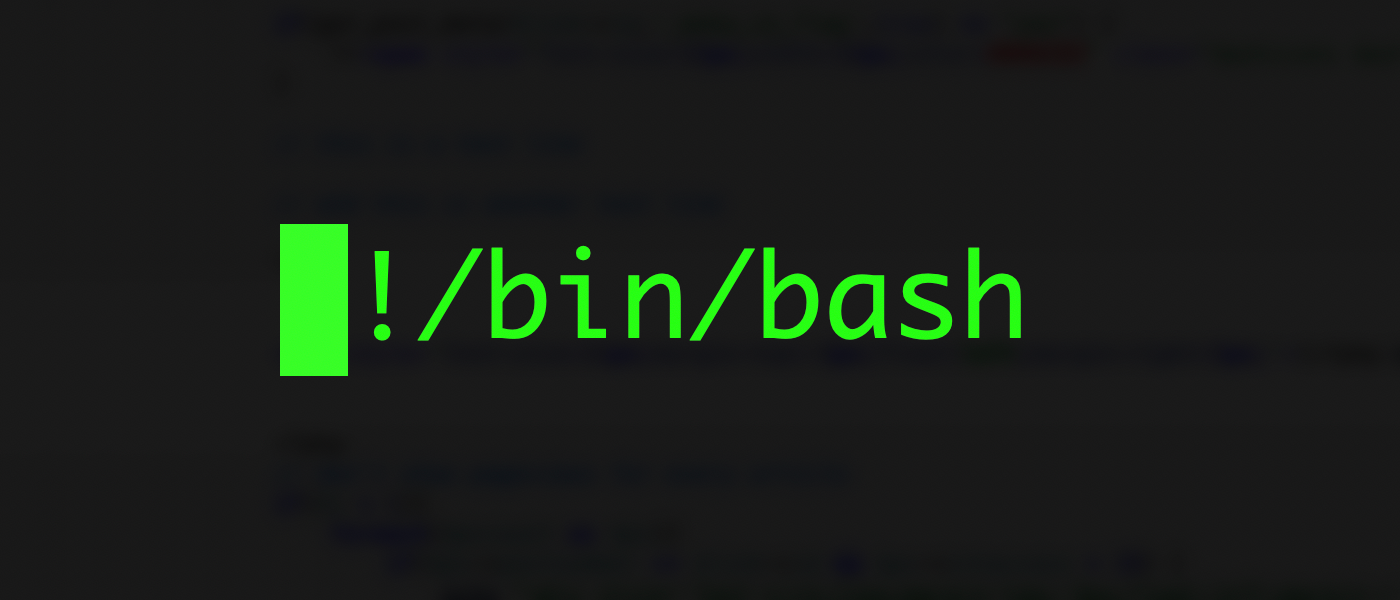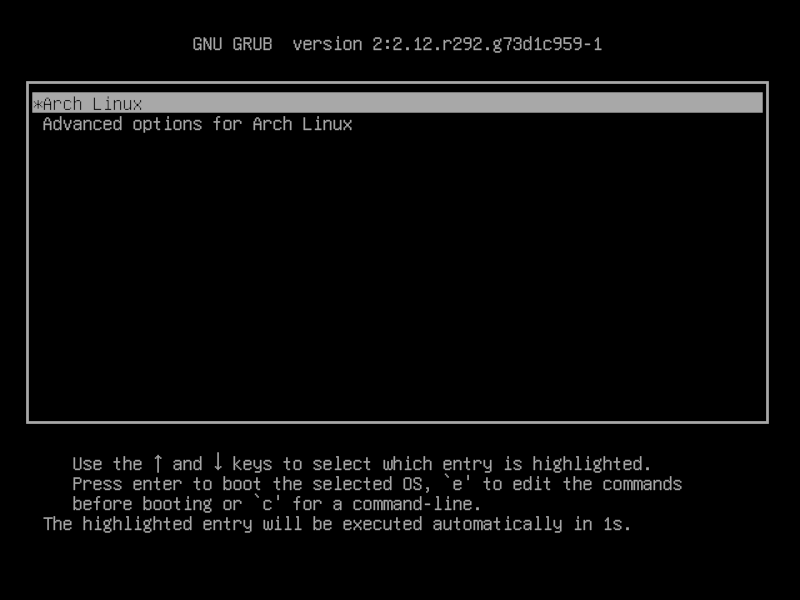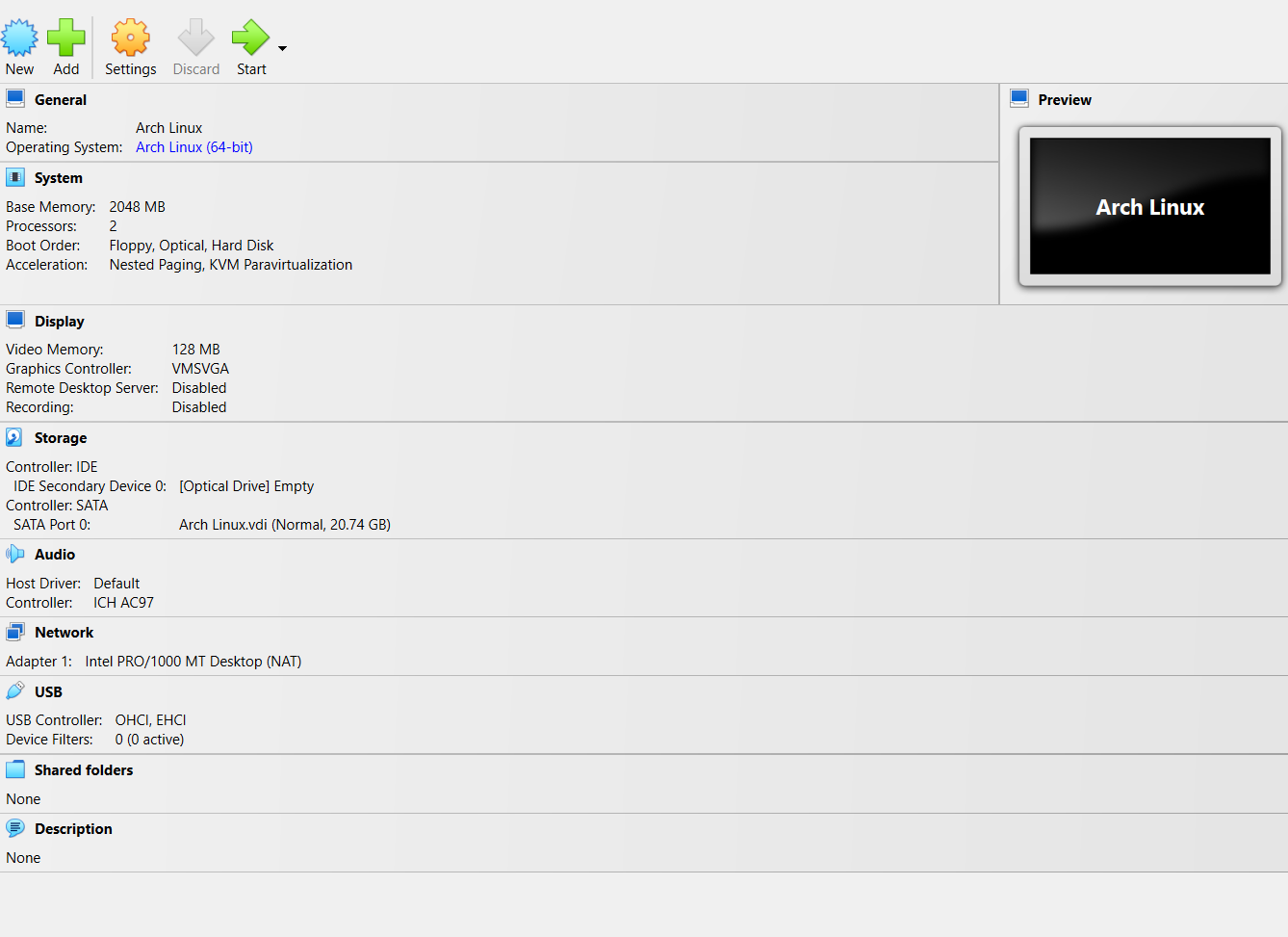Summary
- Rolling release distros continuously update components, providing access to the latest software versions.
- Developers and power users benefit from newer software and fewer upgrade headaches with rolling release distros.
- Maintenance and potential bugs may arise with frequent upgrades on rolling release distros, making it less suitable for beginning users.
When choosing a Linux distribution, you may hear about standard or “rolling release” distros. What is a rolling release distro? Let me help straighten out the confusion.
What Are Rolling Release Distros?
A rolling-release Linux distro is different than a standard Linux distro. Where a regular release distro will compile a bunch of discrete versions of a software into a single release at a distinct point, a rolling-release distro will take “upstream” software, programs created by third parties, and release it as they make certain modifications. This might include installing the software and documentation in certain locations.
Instead of installing a distro and then upgrading it when a new version comes out, you install a rolling release distro once and keep upgrading it continuously. Components are upgraded and replaced piecemeal, perhaps resembling the mythical “Ship of Theseus,” where all of the system’s pieces are replaced over time.
Rolling release distros emerged when fast broadband internet connections became more common, starting around the 2000s. Before then, it was impractical to constantly upgrade an operating system. The availability of faster internet connections prompted some Linux developers to experiment with ways to approach software releases. After all, the Linux kernel came out with new versions every week. Would it be possible to mirror this kind of breakneck pace when it came to the surrounding software?
While rolling release distros gained in popularity in the 2000s, the idea may go back to the original Unix developed at Bell Labs. “Research Unix” did have version numbers, such as the famous “Version 7” or “V7,” but the editions were based on the editions of the manual rather than the software. Being a research project, Research Unix was continually in flux in the labs over its lifespan, especially since in its later years it rarely saw release outside of Bell Labs.

Related
Despite powering over 90% of cloud workloads today, Unix (and Linux with it) had humble beginnings.
Here Are Some Popular Examples
While regular distro releases remain the most popular, rolling release distros have made inroads into the Linux user base. Some of the best-known rolling release distros are:
- Arch Linux: This is probably the best-known rolling release distribution. It’s also inspired its own offshoots, such as Manjaro, EndeavourOS, and CachyOS, which offer a more user-friendly spin on Arch.
- Gentoo: This distro was one of the first to gain wide popularity. Like Arch, you build a custom system, but you also compile it from source.
- openSUSE Tumbleweed is a rolling release version of the popular distro. openSUSE targets its distro to power users, developers, and contributors to openSUSE itself
- Kali Linux is a distro geared toward budding Linux security experts and includes tools for ethical hacking and penetration testing. Despite being a rolling release distro, many of its packages come from Debian, which has a reputation for stability. Debian itself offers some rolling-release-like options, including the testing and unstable versions.
Why Use a Rolling Release Distro?
The biggest reason to use a rolling release distro is to gain access to the latest and possibly greatest software.
One group that benefits from newer software is developers. A lot of developers rely on programming tools and libraries to get their jobs done. A lot of the standard distros like Debian or Ubuntu tend to use older, tested, proven software over newer versions. While this works well for most daily use, development is different. Software development is a moving target, so programmers don’t want to develop using an older version of a library.
Another group that naturally takes to rolling release distros is power users, especially people who want the latest software, whether they program or not. FOMO, or “Fear of Missing Out,” seems to strike some Linux users as much as anybody else. Comparing the version numbers of the latest open-source release to the one in their distro seems to induce anxiety in some users.
Power users also like how rolling release distros avoid the headaches of upgrading to a new version of the OS. Instead of a distinct release, the system is upgraded continuously over time.
While newer versions of software can introduce bugs, sometimes, upgrading to a new version can fix them instead. It seems standard distros might prefer the bugs they know than to deploy any newer ones to their users.
Why Not Use a Rolling Release Distro?
There are a couple of reasons you might want to steer clear of rolling release distros.
The first is that having the latest software isn’t always an advantage. As I mentioned earlier, while newer versions of software can fix bugs, it can also introduce them. Distros like Arch try to minimize the bugs that break your system, such as erasing data or making your machine unable to boot, developers make mistakes. It’s because they’re all too human (I wonder if Nietzsche would run Debian or Arch).
The other reason is that rolling release distros can be more work to maintain than point releases. The thing about continuous upgrades is that you have to upgrade continuously. You need a fast, stable internet connection to download new packages. You’ll have to run your package manager any time you want to add new software to your system. A rolling release distro is a commitment. You’ll have to deal with any issues that arise with these new packages.
For a system you only use occasionally or want to manage in a more hands-off way, a standard point release distro might be a better fit for your needs. If you think system administration is fun, you might enjoy maintaining a rolling release distro. It’s a departure from how operating systems are usually managed.
A Possible Compromise: Using Both
You don’t have to choose one or the other when it comes to stable vs rolling release distros. As you can run Linux alongside other operating systems like Windows or macOS, you can do the same with Linux distros.
One option is to dual-boot. This is where you partition a hard drive or SSD and run multiple systems on it. This is useful if you want to take full advantage of the hardware while running different styles of Linux distros. The disadvantage of this approach is that you’ll have to restart your machine if you want to switch between a standard Linux distro and a rolling release one and vice versa.
An alternative to dual booting is to use a virtual machine like QEMU or VirtualBox. This is a pretty easy solution as well. You can set up a stable base system with a standard distro for regular work and install a rolling release distro in a VM to tinker with. There are still some downsides. Virtual machines require more overhead than a regular installation, so they won’t perform as well in a VM. You might run into trouble with graphics acceleration or other hardware.
Everything about the maintenance of rolling release installations applies to virtual machines as well. With a rolling release distro in a VM, you’ll have to stay on top of updates as much as you would with a bare-metal system.
With the availability of Arch Linux on WSL, you might have another third option.
One reason that many users choose a rolling release distro is that they want newer versions of user-facing software like web browsers and might care less about having the latest kernel. Flatpaks and Snaps might be better suited to users who want newer versions of these apps over updating the entire system. With Flatpak and Snap, you can isolate regular apps from the rest of the system and keep them updated.
The choice between a regular and rolling release distro will likely come down to how willing you are to live on the “bleeding edge” and deal with possible bugs. If you’re want the newest software and don’t mind a little tinkering, a rolling release distro might be for you.



